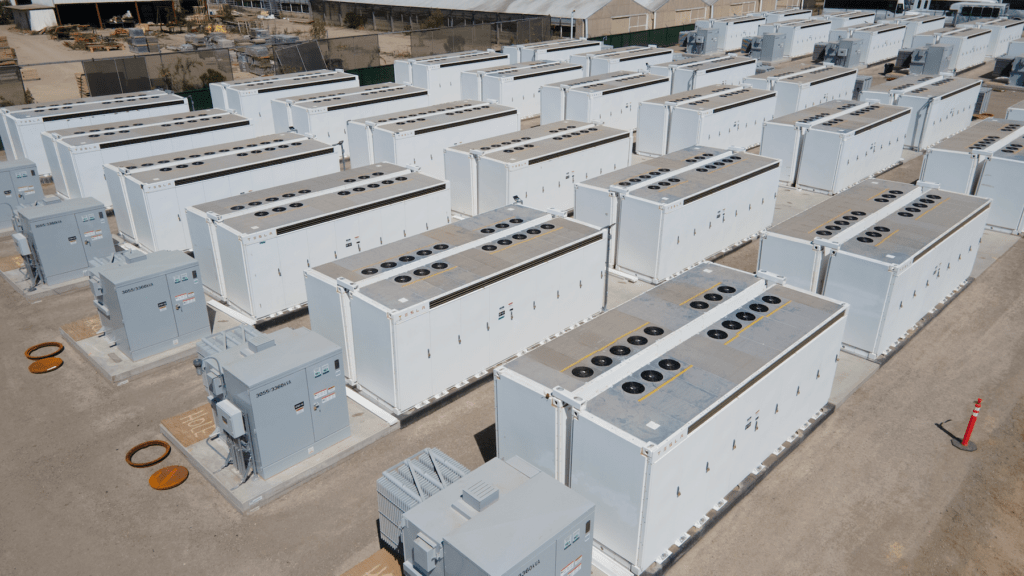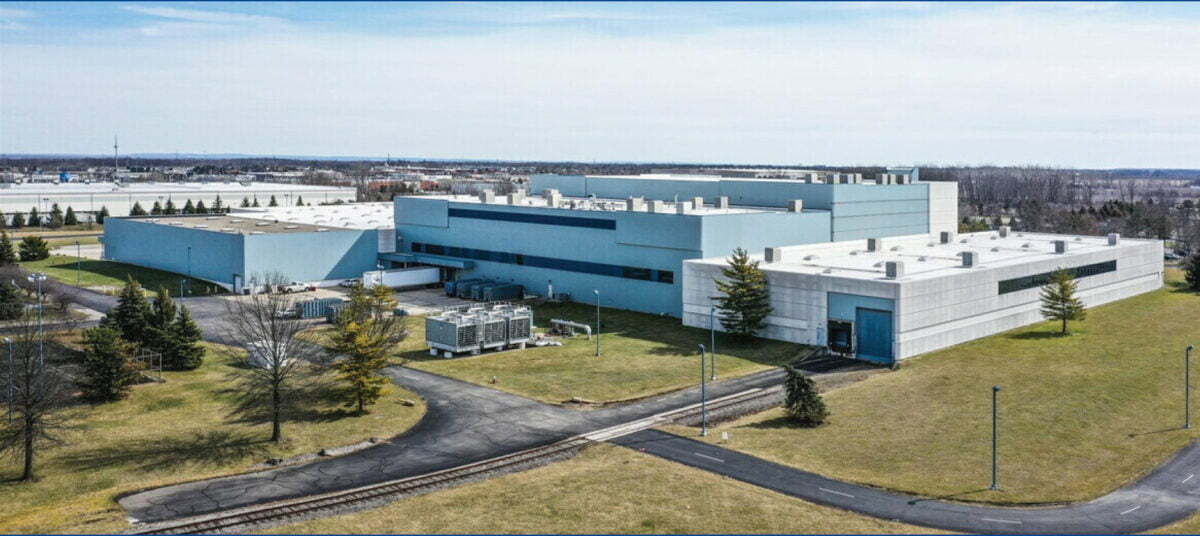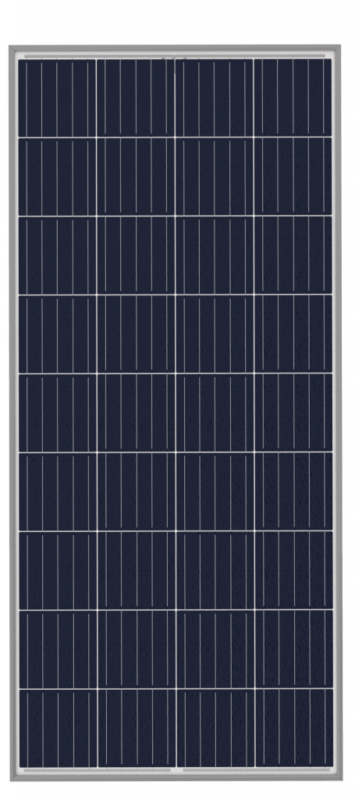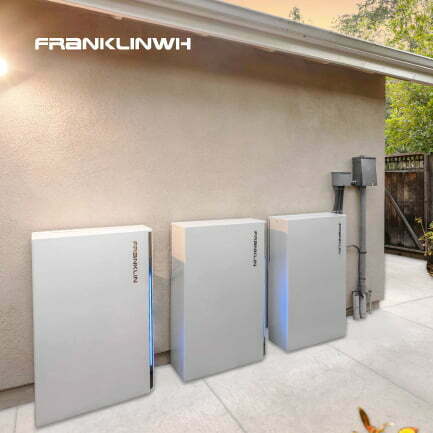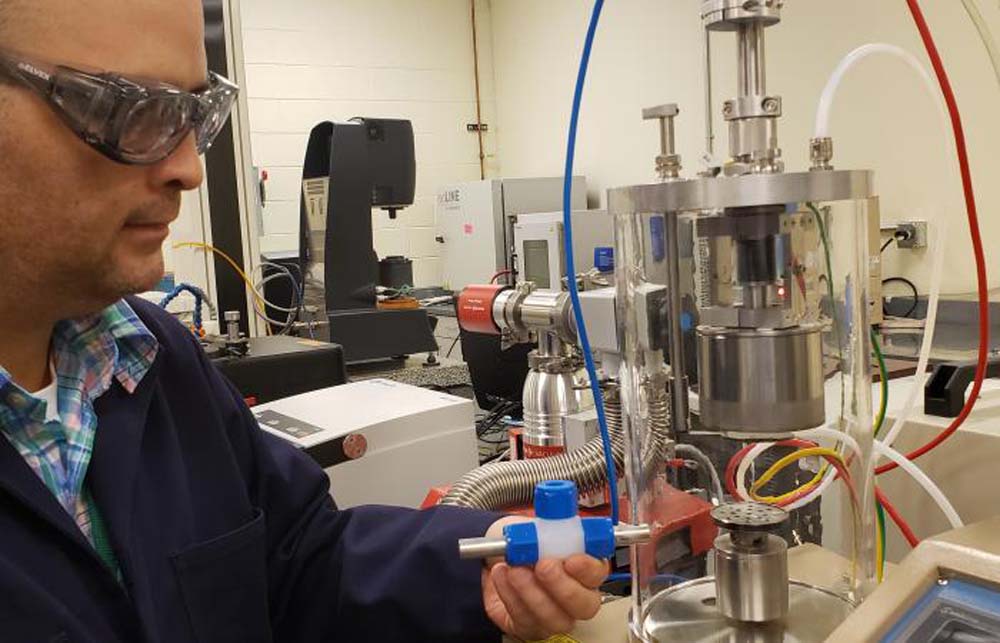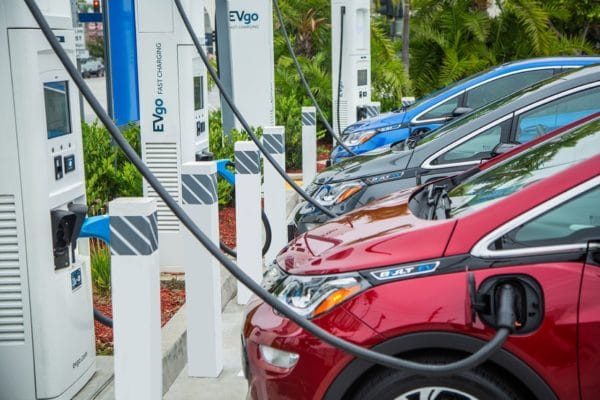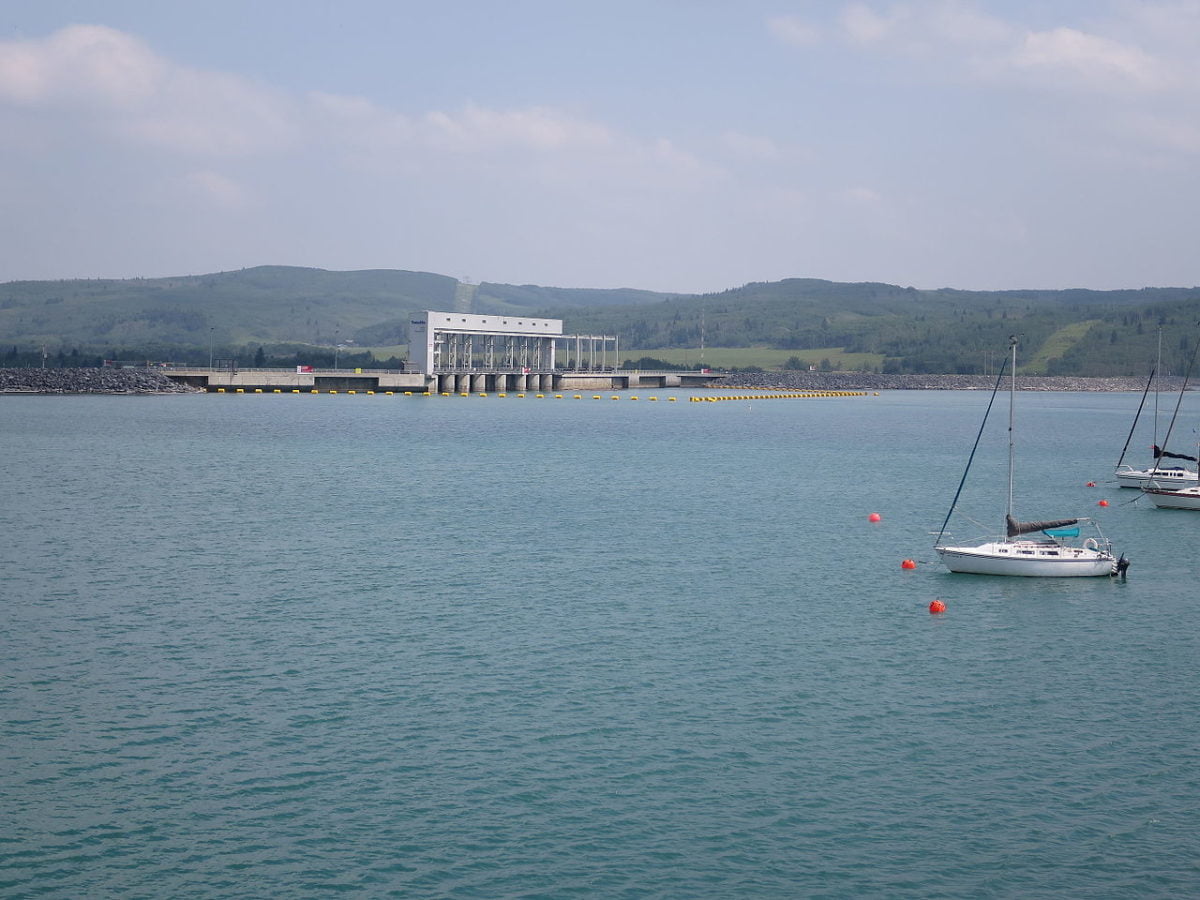Minister of Finance Nirmala Sitharaman holds the budget’s iconic red cloth folder in 2021. Image: Gov’t of India Press Bureau.
The Indian government’s decision to classify grid-scale energy storage as infrastructure addresses the industry’s “biggest concerns” by making investments easier to facilitate, Energy-Storage.news has heard.
As part of the Union Budget 2022-2023 speech and announcements yesterday by Minister of Finance Nirmala Sitharaman, energy storage and data centres were awarded the status. Minister Sitharaman said that this will “facilitate credit availability for digital infrastructure and clean energy storage”.
India’s banks and financial institutions have a standard, government-identified list to follow when it comes to choosing what qualifies for infrastructure loans, Ulka Kelkar, director of the climate programme at non-profit research group WRI India, told Energy-Storage.news.
“This list includes five types of infrastructure, which are more in the nature of public goods than private goods,” Kelkar said, from energy, transport, communications, water & sanitation to social and commercial infrastructure.
“Specifically adding grid-scale energy storage to this list should make it easier to access infrastructure credit.”
Kelkar explained that this showed the range of policy instruments a government can deploy is much wider than budgetary allocations and fiscal incentives like taxes or subsidies, but includes other forms of de-risking, from mandates and standards to procurement, aggregation, credit aggregations and more.
The budget also included direct support for the upstream end of the clean energy value chain. As reported yesterday by our sister site PV Tech, an allocation of funding for solar PV manufacturing within the country through a scheme called the Production Linked Incentive (PLI) was quadrupled with an addition of Rs19,500 crore (US$2.6 billion).
There was also a commitment to establishing battery recycling and battery swap programmes for electric vehicles (EVs), while a separate Production Linked Incentive programme already in place for advanced chemistry battery cell manufacturing is ongoing, aimed at supporting 50GWh of domestic production capacity.
India Energy Storage Alliance welcomes ‘progressive budget’
The India Energy Storage Alliance (IESA) told Energy-Storage.news it welcomed the “progressive budget,” which it said addressed many key requests from the industry and would make faster adoption of energy storage and e-mobility in India possible.
“Infrastructure status for energy storage sector will address the biggest concerns of industry related to ease of financing,” IEAS president Dr Rahul Walawalkar said.
“IESA believes that over the past decade energy storage technologies have made tremendous advancements in improving performance and reducing capital cost, so availability of financing was identified as the key hurdle for rapid adoption.”
Infrastructure status for energy storage had been among requests IESA had made to the Ministry of Finance, covering both manufacturing and deployment and Dr Walawalkar said.
“We are glad our submission was considered positively,” he said.
“As the Harmonised Master List of Infrastructure sub-sectors already includes Electricity Generation and Electricity Transmission, the inclusion of Energy Storage will help cover all the important segments of energy under the Infrastructure Status.”
IESA also welcomed that increase in funding for solar PV manufacturing as a close ally sector of energy storage. According to Walawalkar, the Ministry of Finance can be expected to also consider increasing the 50GWh allocation for advanced chemistry cell (ACC) manufacturing support in the coming months.
Applications for the ACC incentive had been oversubscribed, with a total of 130GWh of competing bids received and the Ministry may increase the targeted capacity “to ensure India can keep up with the global increase in advanced cell manufacturing,” the IESA president said.
WRI India’s Kelkar said the PLI funding increase for solar could have a positive impact on energy storage adoption.
The allocation specifically related to “manufacture of high efficiency modules, with priority to fully integrated manufacturing units from polysilicon to solar PV modules”.
However, Kelkar said, it might help reduce the combined cost of solar and storage for each unit of electricity generated, even though the scheme itself may not directly affect storage.
“With such schemes, the focus seems to be on nurturing the indigenous manufacturing industry, creating jobs, and driving down costs,” Kelkar told Energy-Storage.news.
IESA also welcomed other measures announced, or referred to as under consideration by the government, that could have a positive impact on India’s energy storage manufacturing and supply chain.
For example, while the budget broadly emphasised support for domestically-made goods and included duties on imported products, reforms on customs and duties rates for raw materials that are being discussed could ease supply chain constraints and support domestic makers, Dr Walawalkar said.
A concessional 15% tax rate for newly incorporated domestic manufacturers has been extended by a year from 31 March 2023 to 31 March 2024, which will help facilitate investments required in the next two years to get PLI-backed companies —as well as potential component suppliers — up and running.
IESA also warmly welcomed measures to support start-ups, green energy sector job opportunities for young people and skills training in digital and other industry sectors and e-mobility. The group also said support for grid-connected microgrids was a positive step, helping boost agribusiness in remote areas.
The group did say, however, that a reduction in the General Sales Tax for EV batteries to 5% that is suggested had not been included in the budget, which IESA asked the Ministry of Finance to reconsider.
The green hydrogen sector is also “missing in the budget,” Dr Walawalkar said. IESA has suggested the creation of a special fund for green hydrogen and PLI support for green hydrogen electrolyser manufacturing.
Nonetheless, the budget appears to have been well received. It follows the announcement a few days ago that India’s Ministry of Power has clarified the role and status of energy storage within the power sector, which again could accelerate adoption.
The country already has over 150GW of renewable energy capacity installed and to reach its 2030 target of 500GW, will need about 28GW/108GWh of energy storage, the Central Electricity Authority has forecasted.
Previous budget announcements covered by Energy-Storage.news in 2020 and 2021 were welcomed by IESA for their broad support of renewable energy and the green economy, but yesterday’s announcement appears to be the first instance of specific, directly supportive policy announcements pertaining to energy storage by Minister Sitharam.
Additional reporting by Sean Rai-Roche.
Continue reading


